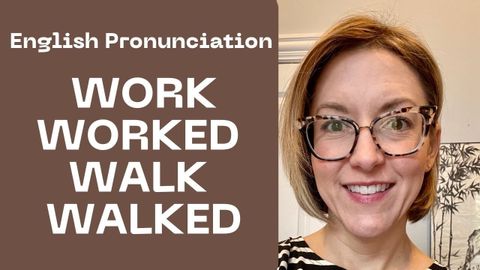WORK, WALK, WORKED, WALKEDの発音 - アメリカ英語発音レッスン (How to Pronounce WORK, WALK, WORKED, WALKED - American English Pronunciation Lesson)
Summer が 2022 年 05 月 17 日 に投稿  この条件に一致する単語はありません
この条件に一致する単語はありませんUS /ˈstrʌɡəl/
・
UK /'strʌɡl/
- v.t./i.奮闘する;もみ合う
- n. (c./u.)奮闘;苦闘
US /ˈriəˌlaɪz/
・
UK /'ri:əlaɪz/
- v.t./i.空中で回転する;素早く(さっと)動く;スイッチの切り替えをする;ひっくり返す;転売する
- n.回転;動かすこと;フリップ
- adj.軽薄な
- n.地点 : 場所;困難 : 苦境;位置づけ;少し;斑点 : 染み : 汚点
- v.t.(偶然)見つける
エネルギーを使用
すべての単語を解除
発音・解説・フィルター機能を解除
